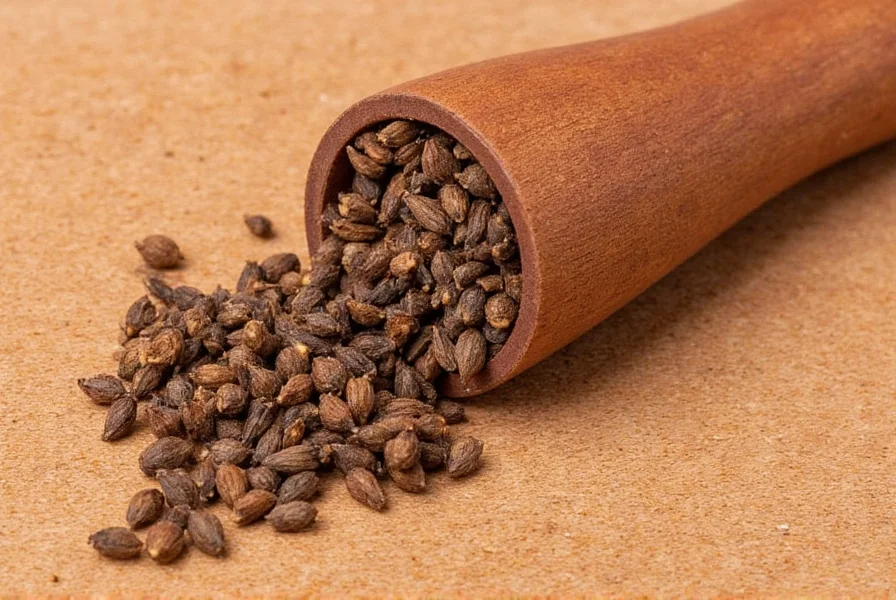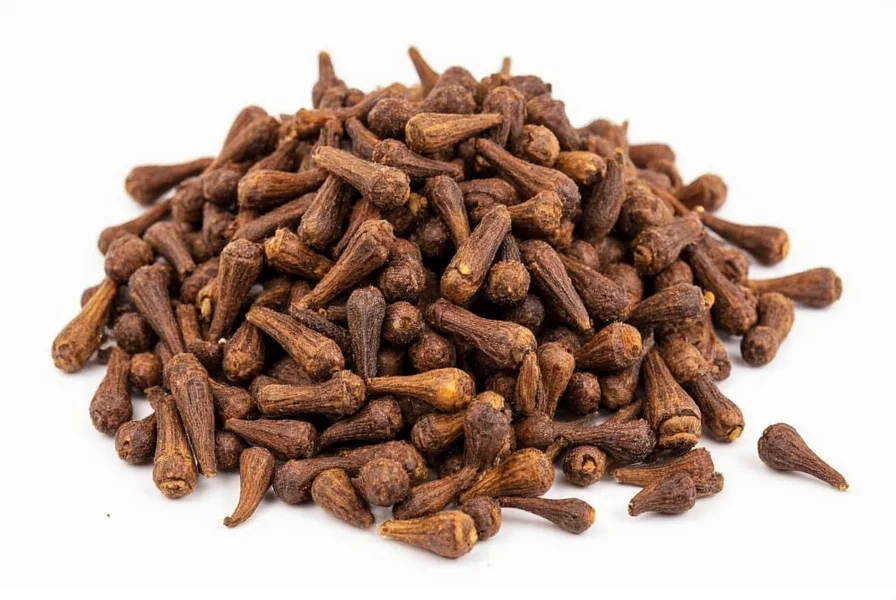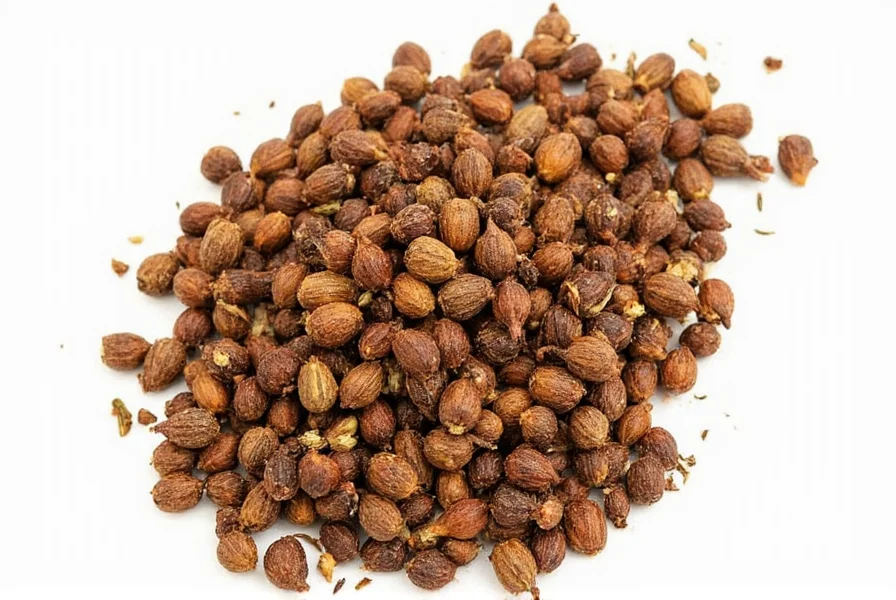Clove seasoning has been a culinary staple across cultures for centuries, prized for its distinctive aroma and complex flavor profile. This small but mighty spice plays a crucial role in many traditional recipes worldwide, from holiday baking to savory stews and spice blends.
What Exactly Is Clove Seasoning?
Clove seasoning comes from the unopened flower buds of the clove tree (Syzygium aromaticum), which are harvested and dried before use. Available in two primary forms:
- Whole cloves - Nail-shaped buds that retain their flavor longer
- Ground cloves - Powdered form that disperses flavor more quickly
The spice gets its name from the Latin word "clavus," meaning nail, due to its distinctive shape. Native to the Maluku Islands in Indonesia, cloves have been traded globally since ancient times, making their way into European, Middle Eastern, and Asian cuisines.
Understanding Clove Flavor Profile
Clove seasoning delivers a complex flavor experience that's both sweet and spicy with subtle woody notes. The dominant compound eugenol (making up 70-90% of clove oil) gives cloves their characteristic warm, pungent taste.
| Flavor Characteristic | Description | Intensity Level |
|---|---|---|
| Primary Taste | Warm, sweet with peppery notes | ★★★★☆ |
| Aroma | Strong, spicy, slightly medicinal | ★★★★★ |
| Aftertaste | Long-lasting warmth with subtle bitterness | ★★★☆☆ |
When using clove seasoning in cooking, remember that a little goes a long way. Its potent flavor can easily dominate other ingredients if used excessively, particularly in delicate dishes.
Best Culinary Applications for Clove Seasoning
Knowing how to use clove seasoning properly can transform your cooking. Here's where this spice shines:
In Baking and Desserts
Clove seasoning complements other warm spices in baked goods:
- Pumpkin pie and other fall desserts
- Gingerbread and spice cakes
- Fruit compotes and poached fruits
- Hot beverages like mulled wine and chai
In Savory Dishes
For how to use clove seasoning in savory applications:
- Stews and braises (add whole cloves that can be removed before serving)
- Rice dishes like biryani and pilafs
- Meat rubs for ham, pork, and game
- Curry powders and garam masala blends
Preserving and Pickling
Whole cloves work exceptionally well in:
- Vinegar-based pickles
- Fruit preserves
- Chutneys and relishes
Proper Measurement and Usage Techniques
One of the most common mistakes with clove seasoning is using too much. Follow these guidelines for perfect results:
- For ground cloves: Start with ⅛ teaspoon per recipe serving 4-6 people
- For whole cloves: 3-5 cloves per recipe serving 4-6 people
- When making spice blends: Cloves should comprise no more than 10% of the mixture
When using whole cloves in cooking, add them early in the process to allow flavors to infuse. Remember to remove whole cloves before serving, as biting into one delivers an intense, unpleasant burst of flavor. For ground cloves, add them toward the end of cooking to preserve their volatile oils.
Clove Seasoning Substitutes
If you're looking for clove seasoning substitutes, consider these alternatives based on your recipe:
- Allspice - Similar warm, complex flavor (use 1:1 ratio)
- Nutmeg - Milder, sweeter alternative (use ½ teaspoon for every ¼ teaspoon cloves)
- Cinnamon - Softer, sweeter profile (use ½ teaspoon for every ¼ teaspoon cloves)
- Pumpkin pie spice - Contains cloves plus other spices (use ¾ teaspoon for every ¼ teaspoon cloves)
Keep in mind that no substitute perfectly replicates clove's unique flavor, so adjust according to your taste preferences when exploring clove seasoning substitutes.
Storage Tips for Maximum Freshness
To maintain the potency of your clove seasoning:
- Store whole cloves in airtight containers away from light and heat
- Ground cloves lose potency faster—use within 6 months for best flavor
- Freeze whole cloves for long-term storage (up to 2 years)
- Test freshness by crushing a clove and smelling—it should have a strong, pleasant aroma

Health Considerations of Clove Seasoning
Clove seasoning contains several beneficial compounds, particularly eugenol, which has antioxidant and anti-inflammatory properties. When exploring clove seasoning health benefits, note that:
- It may support oral health when used in moderation
- Contains manganese, vitamin K, and fiber
- Excessive consumption may cause mouth irritation or interact with blood-thinning medications
- Not recommended for children under 2 years in significant quantities
As with any spice, moderation is key when incorporating clove seasoning into your diet.
Traditional Uses Across Global Cuisines
Clove seasoning appears in diverse culinary traditions:
- Indian cuisine: Essential in garam masala and biryani recipes
- Middle Eastern dishes: Features in baharat spice blend and rice pilafs
- Chinese five-spice powder: Contributes to the complex flavor profile
- European holiday baking: Key ingredient in gingerbread and mulled wine
- African tagines: Adds depth to slow-cooked meat dishes

Conclusion: Mastering Clove Seasoning in Your Kitchen
Clove seasoning remains one of the most versatile spices in the culinary world when used thoughtfully. Its unique flavor profile enhances both sweet and savory dishes when applied with precision. Remember that restraint is essential—cloves' potent flavor can easily overwhelm other ingredients. Whether you're exploring traditional recipes or creating new flavor combinations, understanding how much clove seasoning to use and when to add it will help you achieve balanced, professional-quality results in your home cooking.
Frequently Asked Questions
Can I substitute ground cloves for whole cloves in recipes?
Yes, but use ½ teaspoon ground cloves for every 1 whole clove. Ground cloves distribute flavor more quickly but lose potency faster, so add them later in the cooking process compared to whole cloves.
Why do some recipes specify removing whole cloves before serving?
Whole cloves have an extremely potent flavor that becomes unpleasant when bitten directly. They're used for infusion during cooking but should be removed before serving to prevent an overwhelming burst of flavor when accidentally chewed.
How can I tell if my clove seasoning has gone bad?
Fresh cloves should have a strong, sweet-spicy aroma. If they smell musty, weak, or have lost their characteristic scent, they've likely lost potency. Whole cloves stay fresh for 1-2 years when properly stored, while ground cloves last 6-12 months.
Are there any safety concerns with using clove seasoning?
Clove oil contains high concentrations of eugenol which can be toxic in large amounts. When using clove seasoning in normal culinary quantities, it's generally safe. However, people on blood-thinning medications should consult their doctor about excessive consumption, and clove oil should never be applied directly to skin or gums without proper dilution.
What's the difference between clove seasoning and allspice?
While both are warm spices, they come from different plants. Cloves come from dried flower buds of the Syzygium aromaticum tree, while allspice comes from the dried berries of the Pimenta dioica tree. Allspice has flavors reminiscent of cinnamon, nutmeg, and cloves combined, making it a common substitute for cloves but with a more complex, less intense profile.











 浙公网安备
33010002000092号
浙公网安备
33010002000092号 浙B2-20120091-4
浙B2-20120091-4